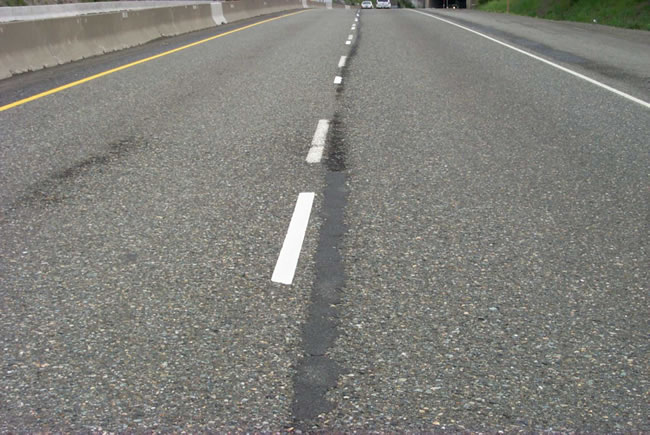

Introduction Empirical design based on the AASHO road test: ĪASHTO Rigid Pavement Design Dr. To receive your certificate of completion, you will need to complete a short on-line post-test and receive a passing score of 70% or higher within 30 days of the course.Topic 10 – AASHTO Rigid Pavement Design 1.

Explain the meaning behind each AASHTO 1993 design input.

Be proficient at AASHTO 1993 pavement design procedures.Determine a slab thickness given concrete design inputs.Explain and select design input parameters for the AASHTO 1993 concrete design procedure.Determine an effective roadbed (subgrade) resilient modulus for asphalt pavement design based on the relative (seasonal) damage concept.Determine an asphalt pavement structure given design inputs.Explain and select design input parameters for the AASHTO 1993 asphalt design procedure.Upon completion of this course, you will be able to: At the end of this course, students will be able to design a flexible or rigid pavement using AASHTO 1993 procedures. The purpose of this course is to describe, in detail, each AASHTO 1993 design input parameter for both flexible (i.e. specify AASHTO 1993 for arterial and collector roadway pavement design. Furthermore, most municipal agencies in the U.S. INSTRUCTOR: Christopher Senseney, Ph.D., P.E.Īlthough newer mechanistic-empirical design methodologies have been developed, namely AASHTOWare Pavement ME, most state highway agencies still use the empirical-based AASHTO 1993 pavement design methodology procedures to design their roadways. View Important Policies and System Requirements for this course.


 0 kommentar(er)
0 kommentar(er)
